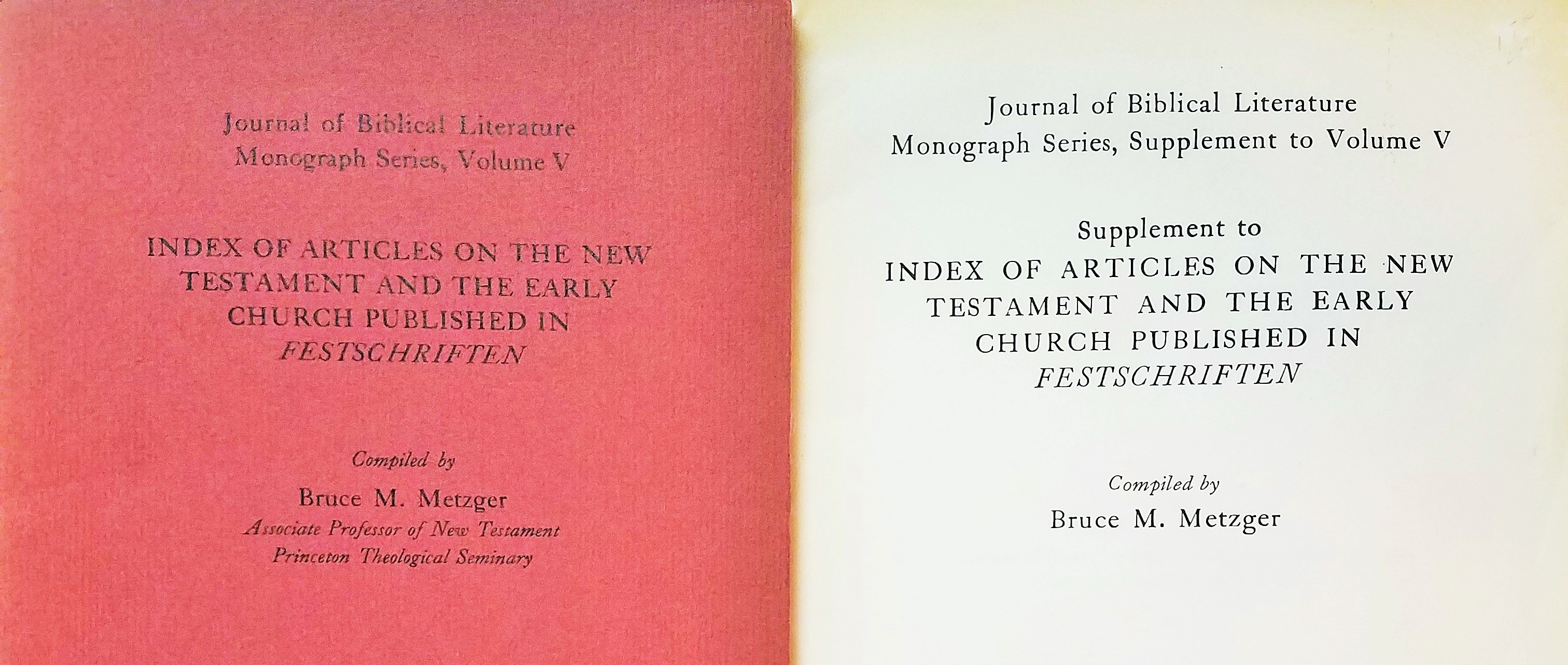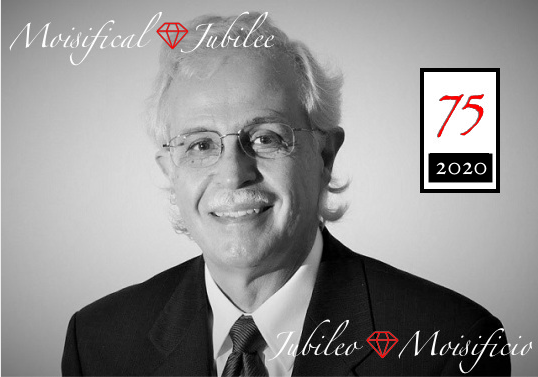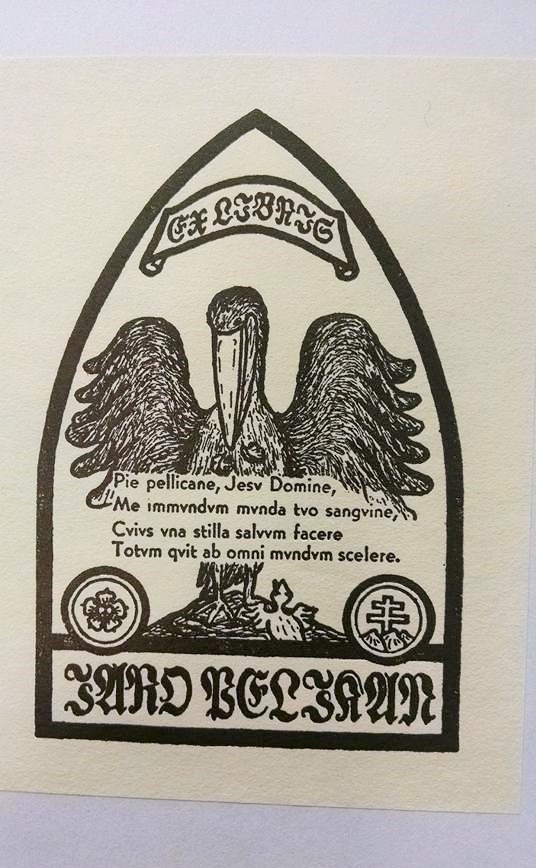
A couple of weeks ago, Eric Smith of the Iliff School of Theology in Denver tweeted, in a bold act of confessio, his considered (but in some quarters quite unpopular) opinion that edited volumes and Festschriften “often contain better, more interesting work than juried articles [and] monographs.” I happen to concur with this eminently sensible judgment, and so replied to express my wholehearted agreement, noting in passing that the late great Bruce Manning Metzger compiled an index (1951, with a supplement in 1955) of articles on the New Testament and the early Church published in Festschriften (pictured above). And in fact, a quick perusal of the works in question reminded me that Professor Metzger himself was in full agreement: he says in the Preface that “the average article in Festschriften is of a higher caliber,” since “every scholar, and particularly a disciple, is quite naturally eager to do honor to his teacher or colleague by producing a contribution of lasting significance.”1
In his memoir Reminiscences of an Octogenarian, to which we have had occasion to refer earlier, Professor Metzger gives a brief account of this bibliographical project. He comments that while “assembling and publishing a Festschrift has been a pleasant way of acknowledging publically the contributions to scholarship made by the person to whom the volume was dedicated,”2 there is a long-acknowledged negative side to such a publication, which he describes with a story from the memoirs of another late great scholar, Frederick Fyvie Bruce:
“Back in my [i.e., Bruce’s] Cambridge days Peter Giles, Master of Emmanuel College, used to tell us that any scholar who wrote an article for a Festschrift might as well dig a hole in his back garden and bury it, for in a year or two it would be forgotten and there would be no convenient means of recording its existence.”3
From this, it is a short distance indeed to R. G. Collingwood’s well-known desideratum that he “may escape otherwise than by death the last humiliation of an aged scholar, when his juniors conspire to print a volume of essays and offer it to him as a sign that they now consider him senile”!4 No wonder that, in addition to being compared a hole in the back garden by Master Giles of Emmanuel, Festschriften have been described as “the graveyard of scholarship”5—both of which endeavors, incidentally, require a fair bit of digging.
Undaunted by these considerations, Professor Metzger relates that, in his “pursuit of fugitive Festschriften” and their hidden treasures, he dug instead “beyond the field of New Testament into such fields as ancient art and archaeology, Byzantine research, the classics, Egyptology, English literature, intertestamental literature, Judaica, the mystery cults, mythology, coins, Oriental languages and literatures, paleography, papyrology, patristics, philology in general, philosophy, and theology in general”6—a broad scope indeed! In the preface to the Supplement, he gives the number of indexed Festschriften as 640, and states that the number of indexed articles “comes to nearly 2350, written in a score of languages.”7 “Not a few of these,” he notes, “are dedicated to scholars whose chief interests were far removed from the New Testament and the Early Church,” so that “many of the Festschriften here recorded contain only a single article germane to the interests of the compiler.”8 He mentions almost in passing visits to European libraries and bookstores in pursuit of the over 1200 volumes actually reviewed for the index, remarking almost wistfully that “the task of ferreting out Festschriften is almost endless, and utmost diligence in ransacking all the ordinary sources is only supplemented by knowledge that comes only by chance.”9
Metzger’s index “attempted to include all pertinent material from the time that the custom of publishing Festschriften began … down to the close of 1950, the half century mark being an appropriate terminus ad quem.”10 He notes in the Supplement that an index of medieval studies published in Festschriften from 1865 to 1946 and prepared by Harry F. Williams appeared serendipitously on the same year as Metzger’s (available online here). As it happens, “the two volumes supplement each other admirably, for [Metzger’s] covers the first five centuries of the Christian era, and [Williams’] begins with the sixth century.”11 To this must be added the still more impressive achievement by Dorothy Rounds, Articles on Antiquity in Festschriften: An Index (Cambridge, MA: Harvard University Press, 1962), which covers the fields of the Ancient Near East, the Old Testament, Greece, Rome, Roman Law, and Byzantium from 1863 to 1954 (available online here).
Now, a question: who will be our Metzger today? Yes, we are fortunate to have resources like the Elenchus of Biblica (to 2011) and New Testament Abstracts (ongoing) at our disposal, yet neither of these quite provides us with what Metzger gave to us (or what Williams, Rounds, and yet others have given to other fields). Even if all Festschriften and edited volumes were always indexed with regard to their specific contents (and they are not), what of those essays in broader collections that might fall outside the scope of the technical publications in the field? Again, Metzger found that there are many of these, with not a few Festschriften featuring a single article relevant to our purposes. Who is searching for those and indexing them? Metzger gave us a thorough index to the end of 1950. It isn’t too far-fetched to conceive of a second index, this time from 1951 to the end of the year 2000 as a new terminus ad quem. Surely there is some budding theological bibliographer out there with an appetite for detective work whose name we can bless for generations.
Allow me in closing to illustrate the need for such an undertaking by making reference to the work of some distinguished scholar, picked entirely at random: say, Moisés Silva. Now I happen to know that Professor Silva has contributed to at least nine Festschriften: Bruce (1980), Hughes (1985), Greenlee (1992), Louw (1992), Gundry (1994, which he co-edited), Metzger (1995), O’Brien (2001), Pietersma (2001), and Youngblood (2003).12 Unless you happen to be actively engaged in the work of acquiring the Silvanic opera omnia, as one does, then you would be hard-pressed to learn that, e.g., the 1994 volume features an exceedingly important article on eschatological structures in Galatians, whereas the 1992 volume carries an illuminating discussion of the text of Galatians in early manuscripts, and the 2001 volume gives an solid account of Paul’s mission according to Galatians.13 It is precisely this sort of blind spot, which only impoverishes the breadth and quality of research, that a full and thematic index helps of us to resolve.
ENDNOTES
1 Bruce M. Metzger, Index of Articles on the New Testament and the Early Church Published in Festschriften, Journal of Biblical Literature Monograph Series 5 (Philadelphia, PA: Society of Biblical Literature, 1951), vii.
2 Bruce Manning Metzger, Reminiscences of an Octogenarian (Peabody, MA: Hendrickson, 1995), 152.
3 As quoted in Metzger, ibid. It bears noting that Professor Bruce was himself honored not by one, but two Festschriften, both of which I happily possess. The second of these, published (like Professor Bruce’s memoir) in 1980, happens to contain a little-known article by his only infallible doctoral advisee.
4 Cf. R. G. Collingwood, An Autobiography (Oxford: Oxford University Press, 1939), 113. Perhaps it should be noted that he did escape, but alas, not otherwise than by death. He did not escape, however, the indignity of having his invaluable unpublished work edited posthumously by a junior colleague.
5 Cf. a compilation of the more notorious epithets in the literature, all duly footnoted and serially dismissed, in Robert Pick, “Some thoughts on Festschriften and a projected subject index,” German Life and Letters 12, no. 3 (1959): 204-210.
6 Ibid., 153; cf. also Index, viii, from which this section is taken verbatim.
7 Bruce M. Metzger, Supplement to Index of Articles on the New Testament and the Early Church Published in Festschriften, Journal of Biblical Literature Monograph Series Supplement to 5 (Philadelphia, PA: Society of Biblical Literature, 1955), iii.
8 Ibid., iv.
9 Even the “second-hand book catalogue”! Cf. Metzger, Index, xi.
10 Metzger, Supplement, ibid. For an historical account of Festschriften, cf. the still unsurpassed article by Dorothy Rounds and Dow Sterling, “Festschriften,” Harvard Library Bulletin VIII, no. 3 (Autumn 1954): 283-298 (available online here).
11 Metzger, ibid.
12 To the best of my knowledge, that is! If the reader happens to be aware of some other Festschrift to which Professor Silva has contributed, and could forward the bibliographical information to me, this would be most sincerely appreciated.
13 This is also the only publication of which I am aware that gives a middle initial for Professor Silva: “D.” A middle name is not recorded even with the Library of Congress. Inquiring minds, &c.!





 “The task of producing a good translation is exceedingly arduous. Students of the biblical languages do not always have a good appreciation of what is involved. They have learned to produce ‘literal’ translations by consulting the lexicon and so the process seems rather straightforward. In fact, however, a successful translation requires (1) mastery of the source language—certainly a much more sophisticated knowledge than one can acquire over a period of four or five years; (2) superb interpretive skills and breadth of knowledge so as not to miss the nuances of the original; and (3) a very high aptitude for writing in the target language so as to express accurately both the cognitive and the affective elements of the message.
“The task of producing a good translation is exceedingly arduous. Students of the biblical languages do not always have a good appreciation of what is involved. They have learned to produce ‘literal’ translations by consulting the lexicon and so the process seems rather straightforward. In fact, however, a successful translation requires (1) mastery of the source language—certainly a much more sophisticated knowledge than one can acquire over a period of four or five years; (2) superb interpretive skills and breadth of knowledge so as not to miss the nuances of the original; and (3) a very high aptitude for writing in the target language so as to express accurately both the cognitive and the affective elements of the message. It appears that our good friend Lingamish is presently
It appears that our good friend Lingamish is presently 


